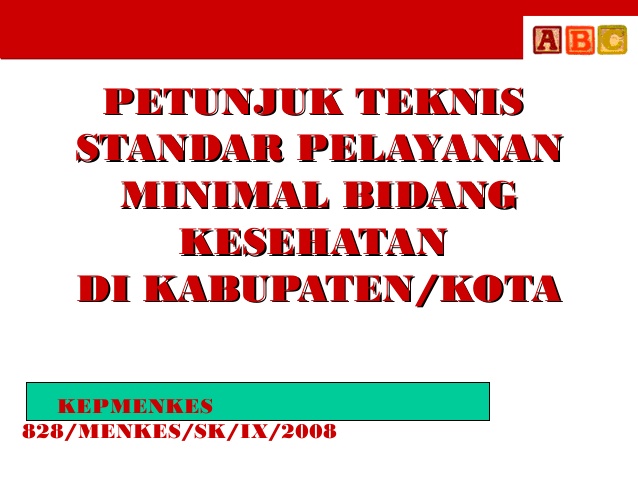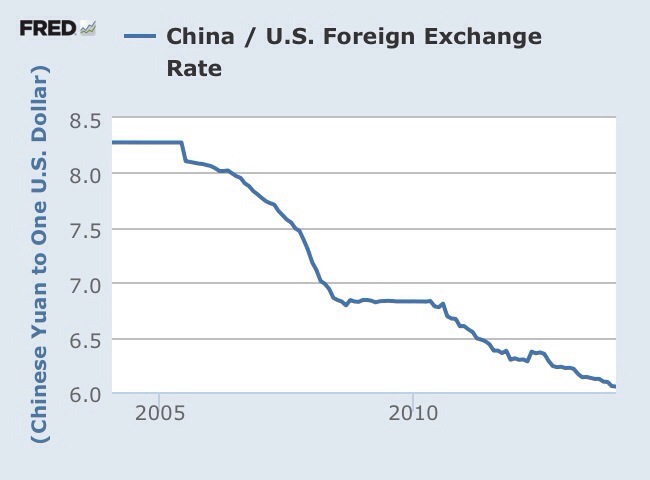A digital twin is a virtual version of a real-world physical object, procedure, service, or environment that mimics its appearance and behavior.
A digital twin can be a virtual version of a real-world object, like a wind farm or jet engine, or it can be a larger object, like a city or a building. Alternatively, digital twin technology can be used to simulate processes or gather data to predict how they will function.
In its simplest form, a digital twin is a computer program that simulates the performance of a process or product using real-world data. The asset’s current state as well as historical data serve as the foundation for the simulation. To improve the results, these programs can incorporate software analytics, artificial intelligence, and the internet of things (Industry 4.0). Virtual representations in the digital world can be created by transferring real-world data through the use of internet of things (IOT) sensors.
With the development of machine learning and the use of big data, these virtual models are now essential tools in contemporary engineering to spur creativity and enhance output.
To summarize, the development of one can facilitate the advancement of strategic technological trends, avert expensive malfunctions in tangible assets, and evaluate procedures and services through the application of sophisticated analytical, monitoring, and prognostic tools.



